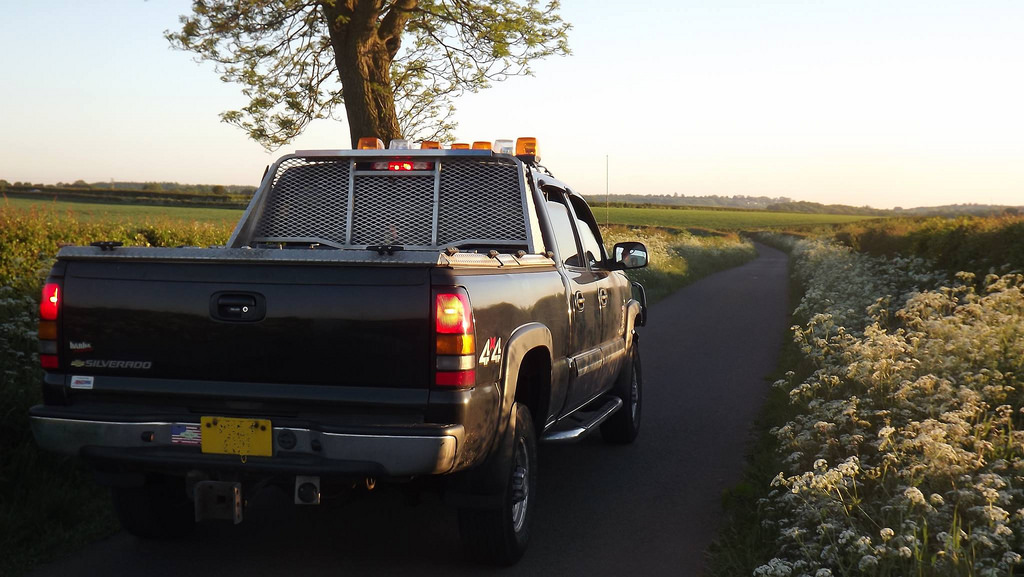For the average homesteader, one of the biggest and most undeniable benefits of the self-reliant lifestyle is the security of a constant, sustainable source of food and fuel, especially in our fluctuating economy. Security and preparedness around your home are incredibly important, but you could be one of many people who leave out a key location when it comes to securing yourself and your family, not just your home: the car.
Here are a few simple points to consider when building the right travel survival kit to meet your needs:
- Seating Capacity: How many people you vehicle can seat is a key factor in determining how many people to provide for in your kit. Even if you’re alone in your vehicle the majority of the time, you don’t want to have to bring along extra provisions when you have a passenger or two, and you definitely don’t want to be without provisions for them. Failing in this could mean having to share a pair of gloves or one protein bar between two or more people on a long walk into town. Plan to pack enough of each item for as many people as your vehicle can seat.
- Seasonal Gear: Keeping your kit to a manageable size is huge, especially in a compact vehicle. Help to keep unnecessary bulk out of your kit by rotating it each summer and winter. Trade winter’s packs of socks, handwarmers, and space blankets for summer’s sun protection items and extra water. Most of your kit’s contents, especially first-aid items, will remain in the kit year-round, but you should still check these at each rotation for expiration or damage.
- Identification: No matter the severity of the emergency, having clear and easy-to-find identification for everyone in the vehicle will make first responders jobs easier if you are unable to communicate when they arrive. Beyond just your driver ID, medical information such as blood type or medication allergies are crucial information. If you will be traveling with children, it’s a great idea to print this information on a label to stick on their car seat. Keeping this information on an index card in the glove box is another good option.
Even if you only make a trip into town once a week, once a month, or only travel a few times each year, it behooves you not to overlook your vehicle as part of the homestead and equip it for disaster preparedness. Just as you’d perform regular maintenance to keep your car or truck in good working order, you should see to it that it is stocked with a good emergency kit to be prepared for any roadside emergency situation.
If you liked this, you might also enjoy…

